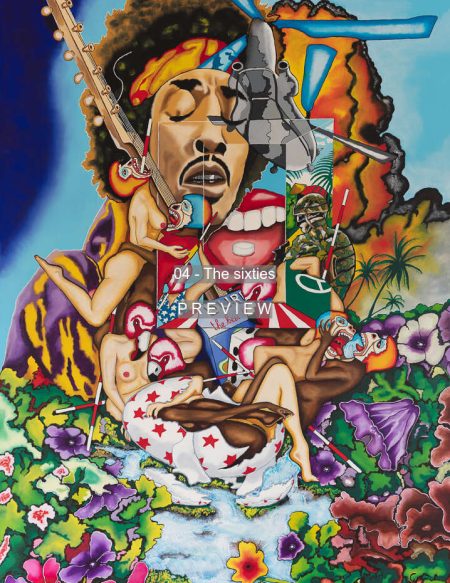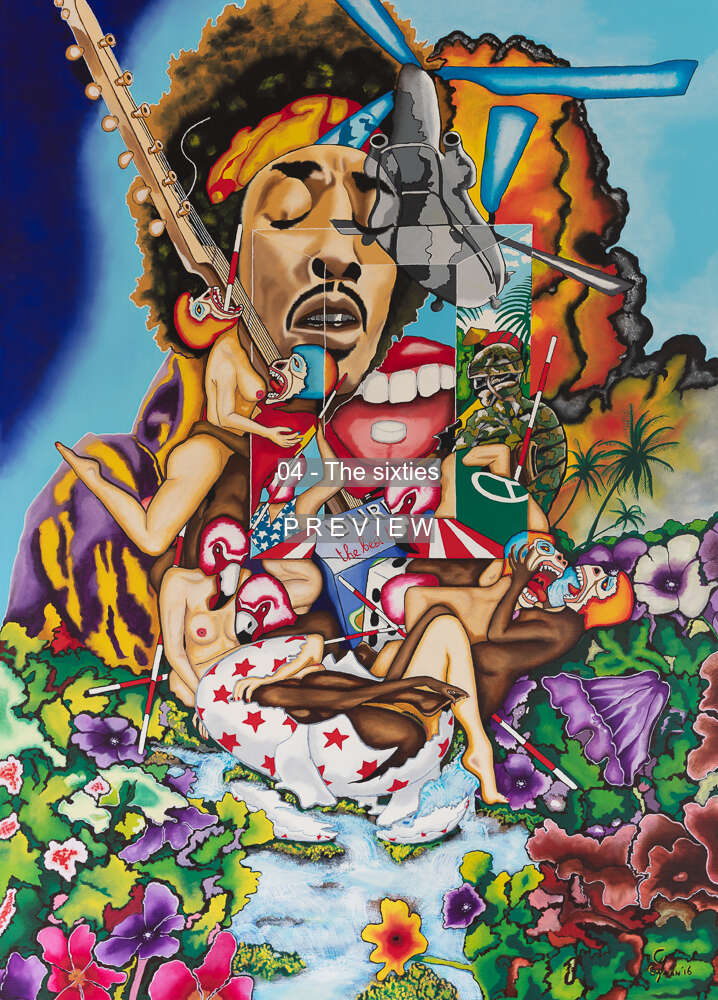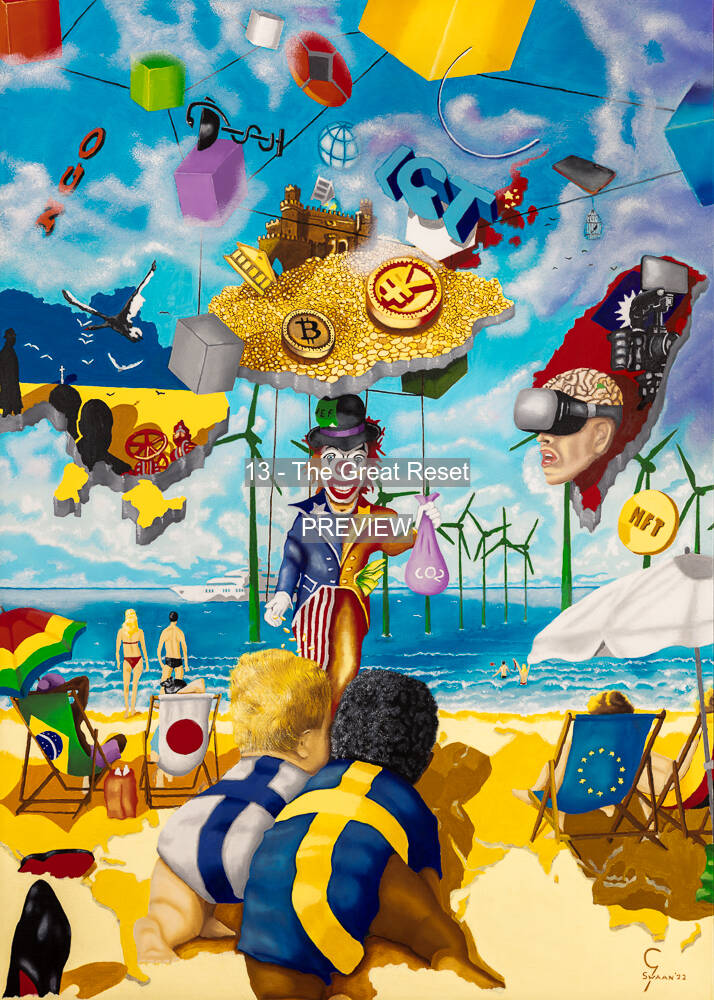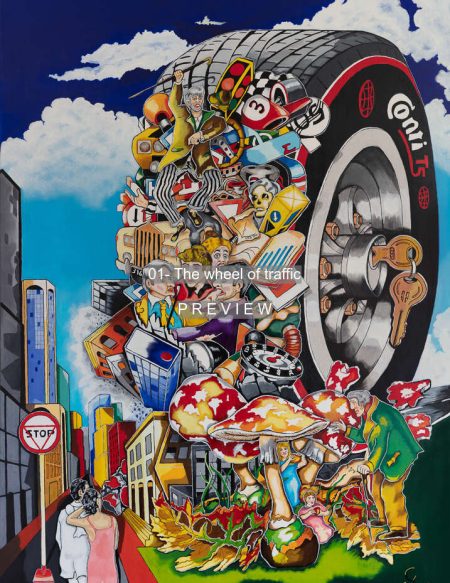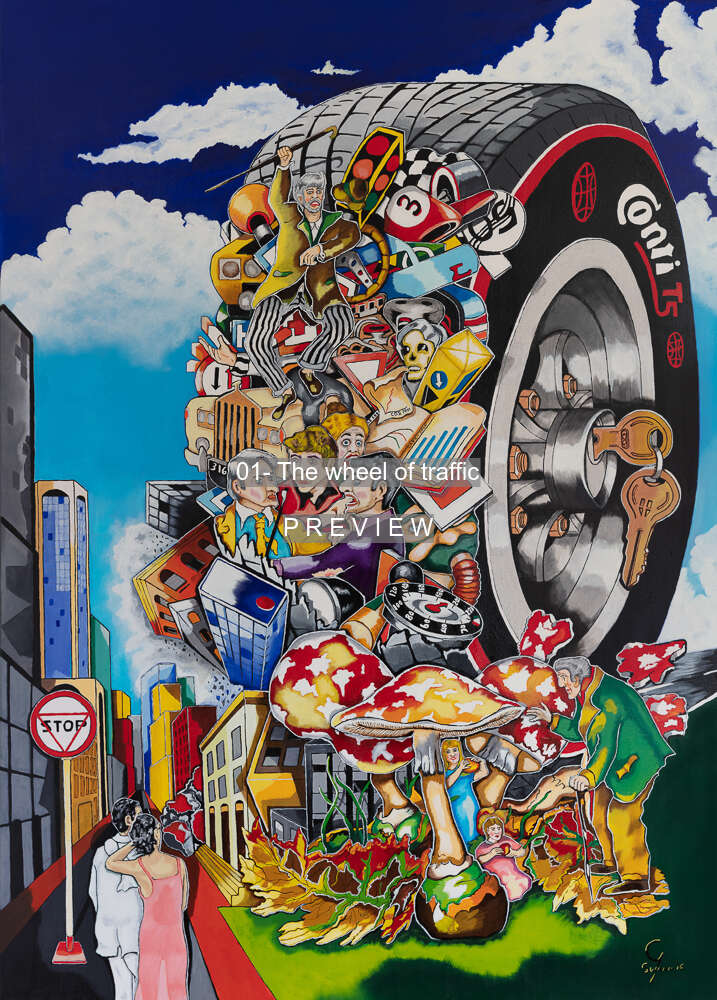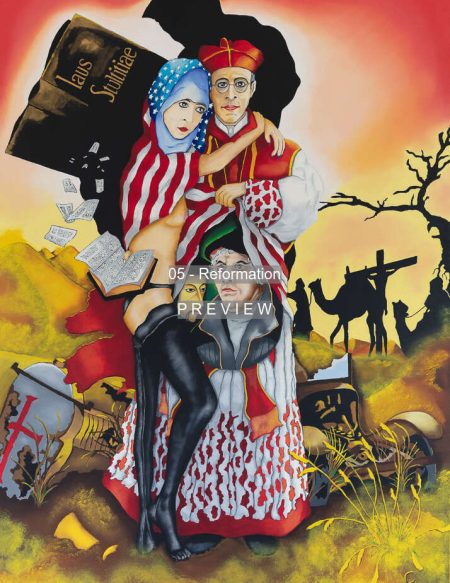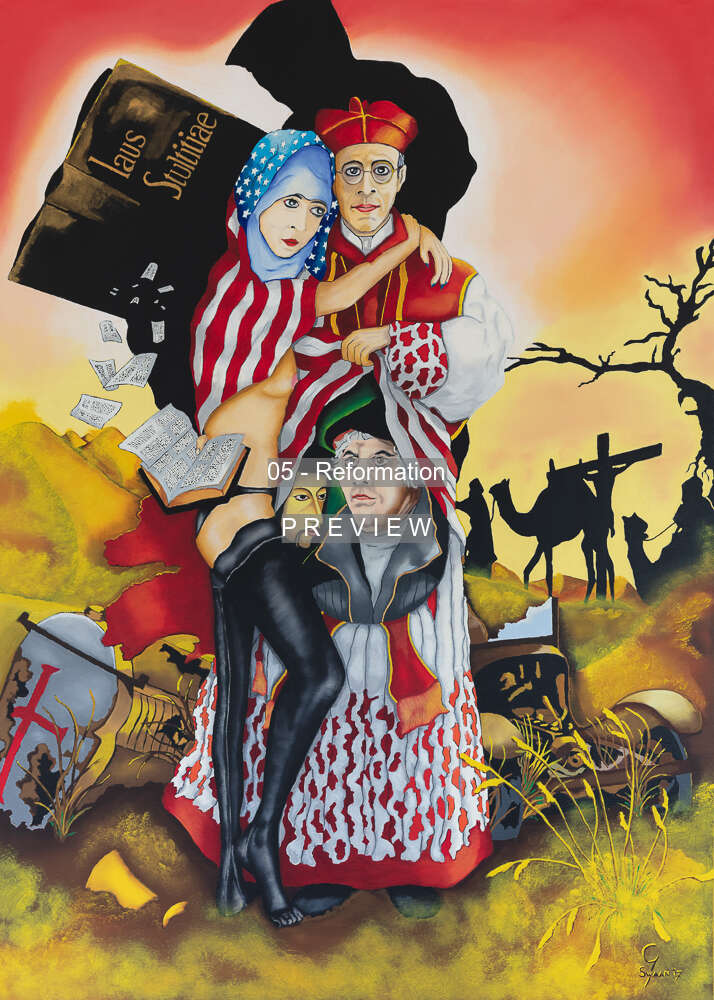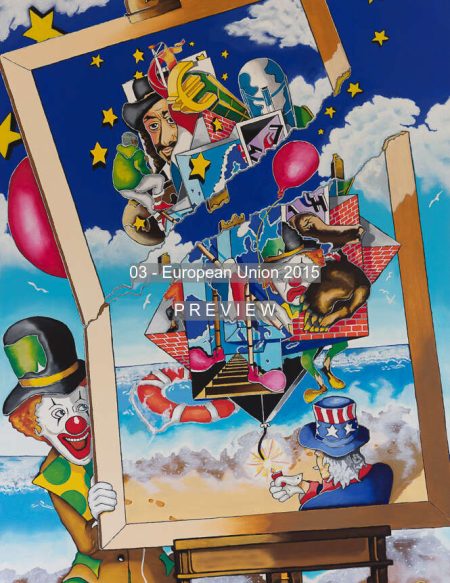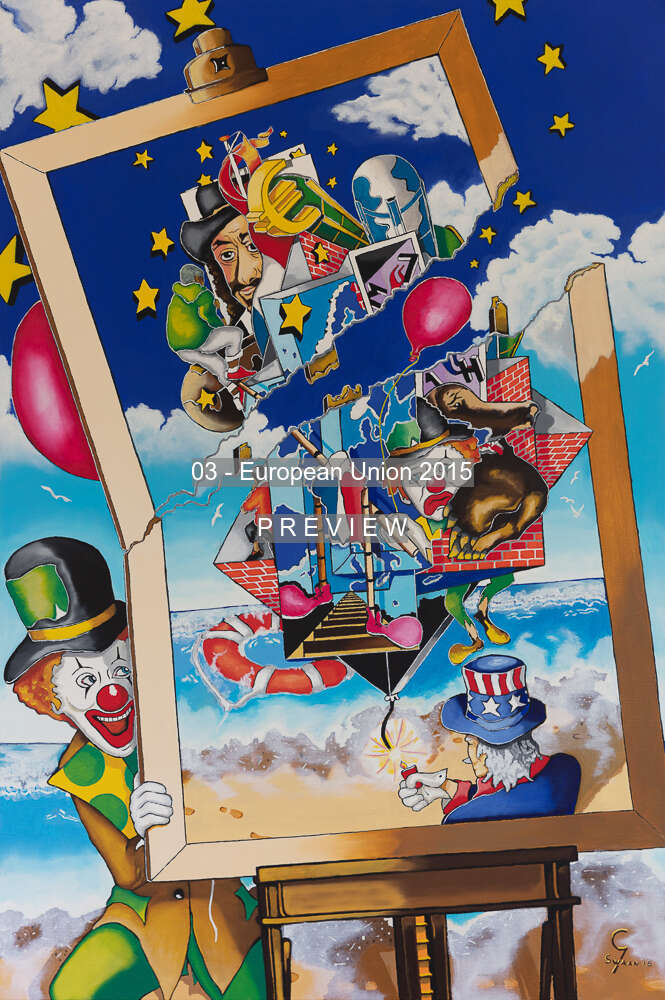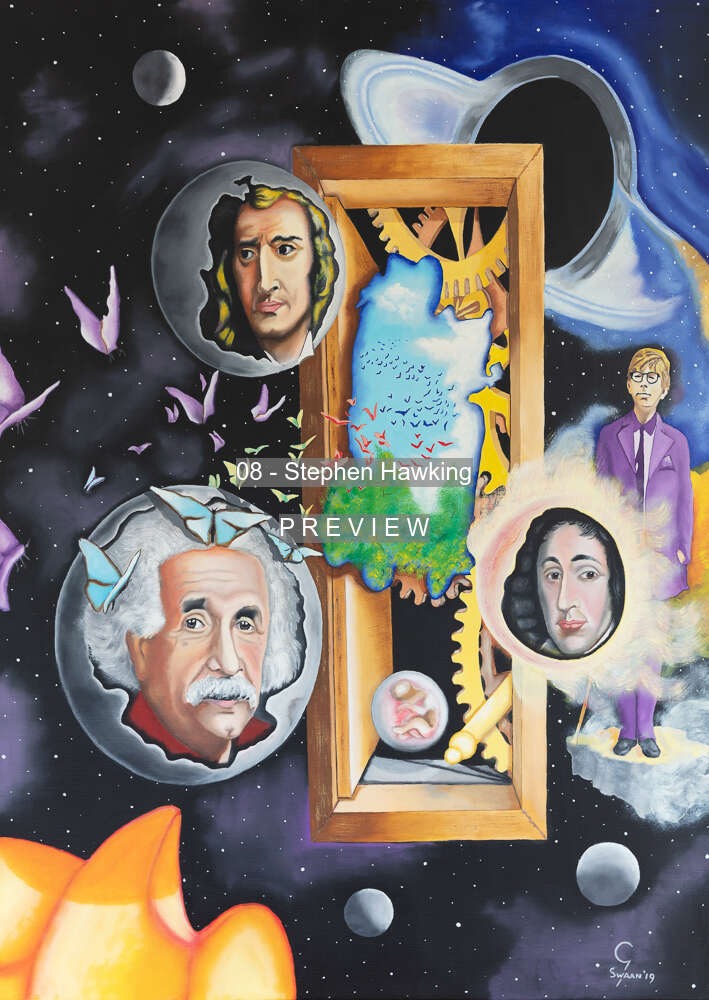Description
This oil painting was made in 2019 on linen with an aluminum stretcher and housed in a black baking list. The size of the painting is 140 x 100 cm and has been finished with a matt varnish.
When visiting the German capital, the following scars play an important role for many:
First scar
After the armistice of 1918, many veterans returned from the front, and until the crash of 1929, Berlin was the metropolis and entertainment center of Europe. During the crisis of the 1930s, Berlin experienced enormous poverty, creating a climate in which Adolf Hitler could come to power.
Second scar
In 1945, Soviet troops led by Joseph Stalin invaded Berlin. The devastation in the battle of Berlin at the end of the Second World War was enormous, and it was during this time that Hitler committed suicide in a bunker.
Third scar
Due to the damage from the war and the sloop of the city walls and canals, the city’s grandeur had disappeared.
Fourth scar
After the end of the Second World War, Berlin was occupied by the allied troops and divided into four sectors, a Soviet and American sector. Because Berlin was in the middle of the Soviet occupation zone, it became the focal point of the Cold War. The uniform part of Berlin functioned as the capital of the non-liberal communist GD, and an increasing number of GDR citizens fled to West Berlin. To stop this influx of refugees, the GDR isolated West Berlin in 1961 with a wall with only a few passages, with Checkpoint Charlie being a well-known example.
Fifth scar
Those trying to flee from East to West Berlin were shot, and at least 138 people were killed during these flight actions.
Reconstruction
The division ended when protesters tore down the wall in 1989. In 1990, West and East Berlin were merged into one state, and the Berliner was once again free to move from east to west. The construction of the new Berlin was started, and since then, it has become a metropolis with a liberal lifestyle and a modern zeitgeist. Berlin is now one of the greenest cities in Europe, with significant cultural, political, and scientific centers.
Gerrit Swaan




